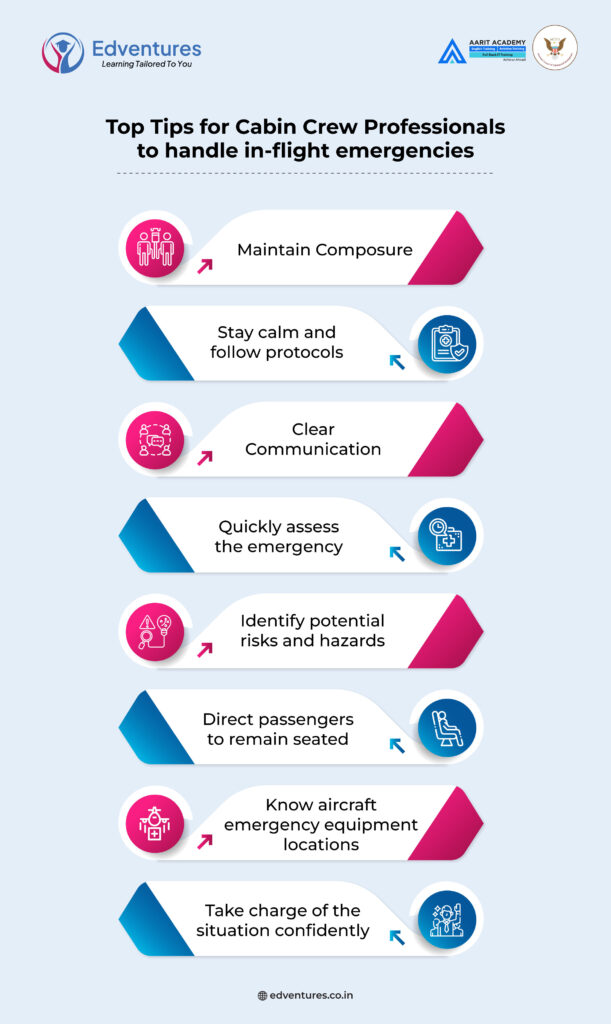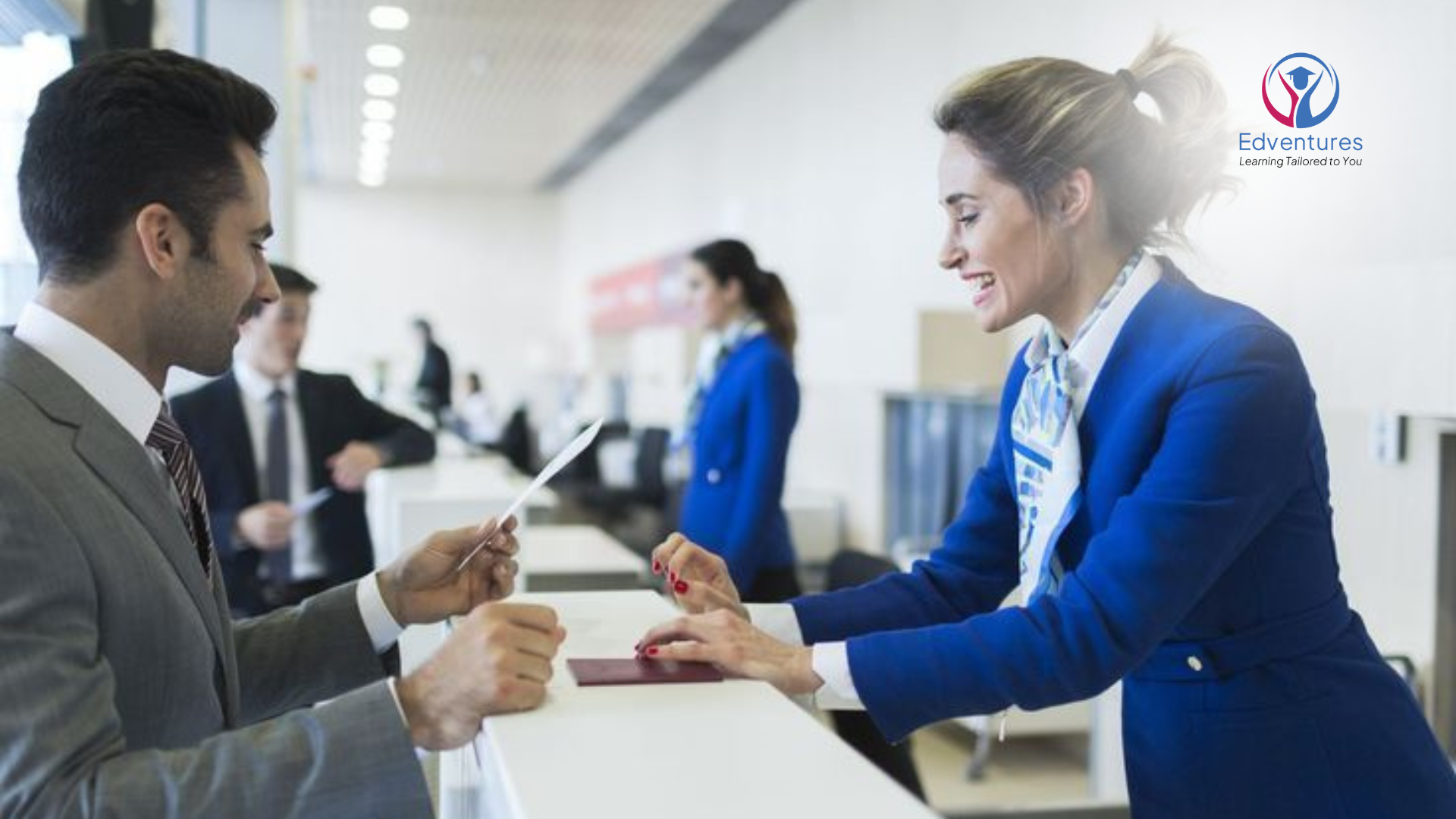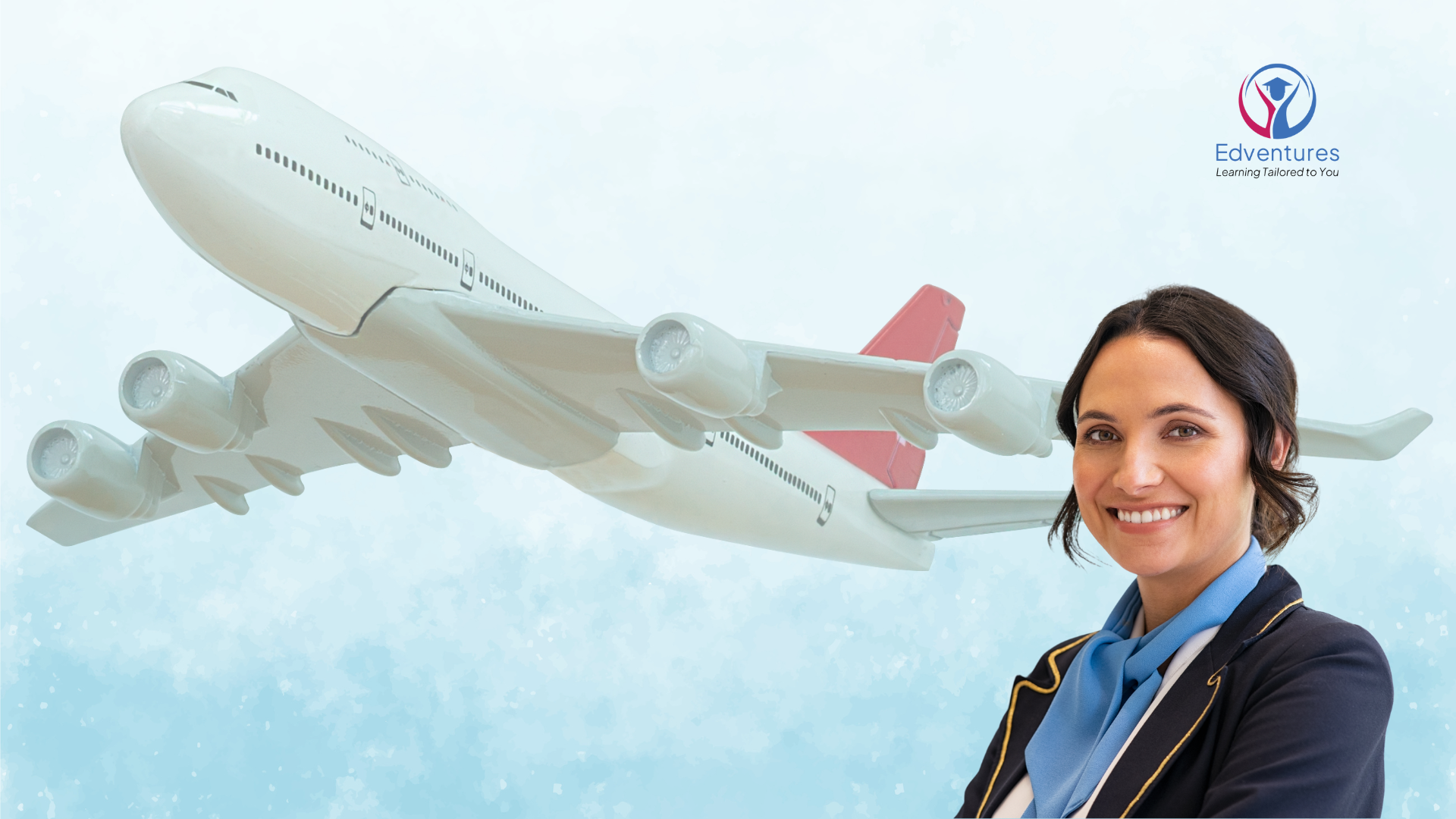Introduction
As a cabin crew member, you know that emergencies on flights are not as uncommon as passengers might think. Unexpected situations can arise at any moment, testing your training and preparedness. From turbulence and medical emergencies to decompression events and potential evacuations, your role as a safety professional requires a deep understanding and mastery of airline emergency protocols.
- This blog will unveil the paramount importance of airline emergency protocols and equip you with the knowledge to navigate any in-flight emergency with confidence and professionalism. By the end, you’ll discover:
- Why these protocols are crucial for aviation safety and your role as a cabin crew member.
- How rigorous cabin crew training empowers you to handle emergencies effectively.
- Essential strategies to maintain composure, follow established procedures, and ensure passenger safety during an emergency.
So, take a deep breath, and let’s delve into the world of airline emergency preparedness!
Why Are Airline Emergency Protocols So Important?
Think of airline emergency protocols as the flight plan for unexpected situations. These detailed guidelines ensure a coordinated response from the crew, minimizing confusion and maximizing safety for everyone on board. Here’s how:
- Swift Action: Protocols outline clear steps for the crew to take in various emergencies, from medical situations to decompression. This allows for immediate action, potentially saving lives.
- Effective Communication: Protocols establish a standardized communication system between the crew, air traffic control, and emergency response teams on the ground. This ensures everyone involved has the same information and can act accordingly.
- Passenger Confidence: Knowing these protocols are in place can instill a sense of calm in passengers during emergencies. They understand there’s a well-rehearsed plan to guide the crew’s response.
How do cabin crew handle emergencies during flights?
Cabin crew members are the backbone of in-flight safety. They undergo rigorous aviation training, often through specialized cabin crew courses offered by aviation training academies or cabin crew training institutes. This training equips them with the knowledge and skills to handle a wide range of emergencies, including:
- Medical emergencies: Administering first aid, using onboard medical equipment, and effectively communicating with medical professionals on the ground.
- Aircraft emergencies: Following procedures for decompression, fire emergencies, or emergency landings.
- Passenger management: Effectively communicating with passengers, maintaining order during emergencies, and ensuring a safe and efficient evacuation.
Considering a career as a cabin crew member? Explore Edventures aviation courses and training programs that hone your skills and prepare you for the exciting world of aviation safety.
Building Passenger Trust in Emergencies

During an in-flight emergency, passengers will look to you, the cabin crew, for guidance and reassurance. While they may not fully understand the intricate details of airline emergency protocols, your actions and demeanor can significantly impact their sense of safety and confidence.
Remember, as trained professionals, you are the face of aviation safety for passengers. By remaining calm, composed, and following the established protocols diligently, you can help alleviate the anxiety and fear that often accompany unexpected situations.
Clear and concise communication is key. Use simple language to provide passengers with essential information and instructions, such as the location of emergency exits, the proper use of oxygen masks, and the importance of following crew commands. Your confident and authoritative tone can instill a sense of trust and control, even in the most chaotic of circumstances.
Fly with Confidence!
In conclusion, air travel is one of the safest modes of transportation, but emergencies can still occur. That’s where meticulously crafted airline emergency protocols step in, acting as the cornerstone of passenger and crew safety during unexpected situations.
By prioritizing cabin crew training and aviation courses, airlines and training institutions play a vital role in ensuring that emergencies are handled efficiently, minimizing risks and maximizing the safety of everyone involved. Continuously honing one’s skills through rigorous cabin crew courses and aviation training programs is paramount. Stay vigilant, stay prepared, and embrace the significance of your role.






